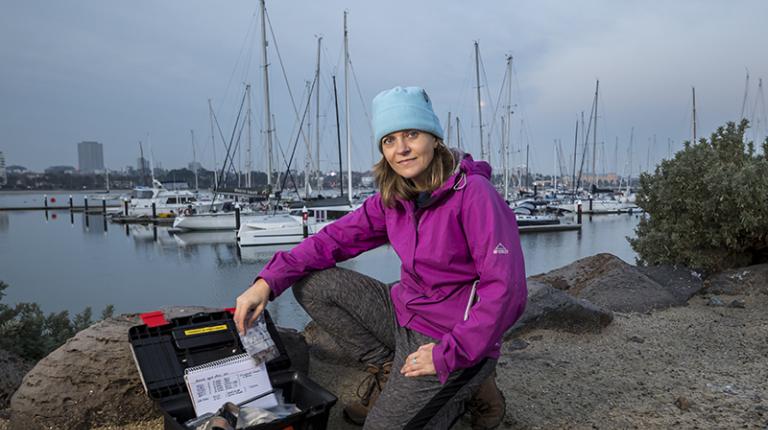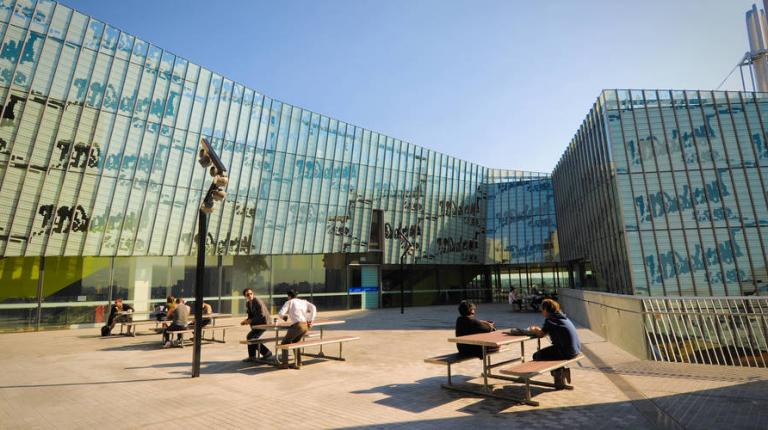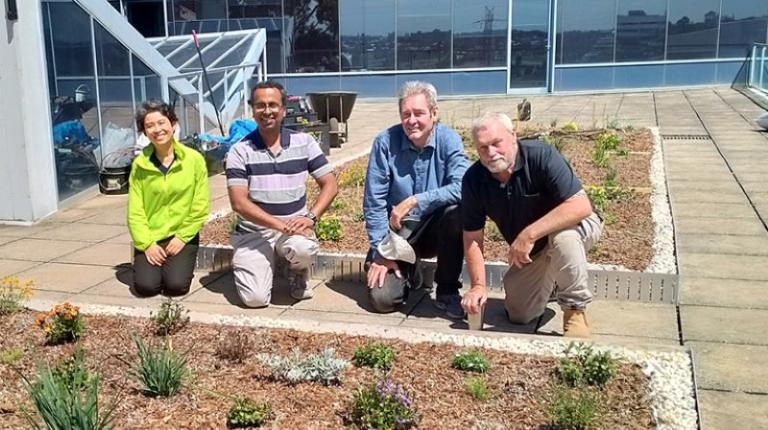The Centre of Policy Studies undertook modelling projects, using country and regional specific models, to evaluate the impact of natural disasters and responses to climate change on economic conditions.
In 2014, the Centre of Policy Studies (CoPS), in collaboration with ClimateWorks, ANU and the CSIRO, authored an influential and widely cited paper 'Pathways to Deep Decarbonisation by 2050' as part of the global UN-sponsored 2050 Deep Decarbonisation Pathways Project. As part of VU’s planetary health commitment, CoPS revisited this work to reassess the impact of net-zero by 2050, considering changes in technology, and economic opportunities and costs. The paper is the first in a series of papers examining the economic impacts of a transition to net zero emissions and possible policy responses in Australia. It shows that Australia’s economy would double by 2050 if it transitioned to net-zero emissions. The modelling was completed just prior to the release of the Australian government’s Australia’s Long Term Emissions Reduction Plan in response to COP26. The modelling enabled CoPS to provide an informed critique of the Australian government’s emission target of net-zero by 2050.
The Centre of Policy Studies collaborated with China’s University of International Business and Economics, to model the energy and economic changes flowing from carbon neutrality. To achieve carbon neutrality by 2060 China will need to substantially change its energy consumption structure, but the cost of the reduction on China’s macro economy will be limited, with an expected 1.36 per cent reduction in GDP.
The water and fire research teams at VU develop models for floods and fire spread to develop management strategies and operational responses. Despite advances in flood management, flood losses are increasing worldwide due to climate change and population increases.
Low- to middle-income nations need cost-effective methods to assess flood risks and effectiveness of mitigation measures. VU’s water researchers joined researchers from Australia and from Pakistan to assess and visualise expected annual damages (EAD) from flood risk. The research concluded that Geographic Information System based EAD maps provide a cost-effective solution for modelling the flood risks and an accurate estimate of the residual risks after the mitigation measures are applied.
Agricultural damage due to floods in the Indus basin’s fertile land is a continuing problem for Pakistan. Muhammad Tariq, Zohreh Raiabi and Nitin Muttil in this study of the area, make recommendations to both reduce flood risks and to increase the economic benefits of the floodplain agriculture. The flood management strategy is shown to be most effective using a combination of structural measures – built flood controls – and non-structural measures: the crop types and suitable locations for better yields.
VU's Roan Plotz and researchers from the Bureau of Meteorology in Australia and four Pacific Island nations collaborated on incorporating traditional indigenous seasonal calendars into bureau’s climate communication and education, including in forecasts and warnings. The use of traditional calendars makes the Bureau’s knowledge more relevant and accessible to support Indigenous communities’ capacity to deal with climate variability and change.
The Bushfire and Natural Hazards Collaborative Research Centre (BNHCRC) is guided by the end-user emergency services to improve response to disasters. Bushfire defence needs both good data on fire spread and volunteer fire fighters. The Fire Research team contributes to BNHCRC investigations to inform emergency services responses to bushfires. In 2021, the team modelled fire spread across different fuel types for the development of effective fire fighting strategies. Fiona Macdonald from the Diversity and Inclusion research group wrote a report for the emergency management organisations on how to engage with young people, to effectively encourage and work with young volunteers for emergency services.












